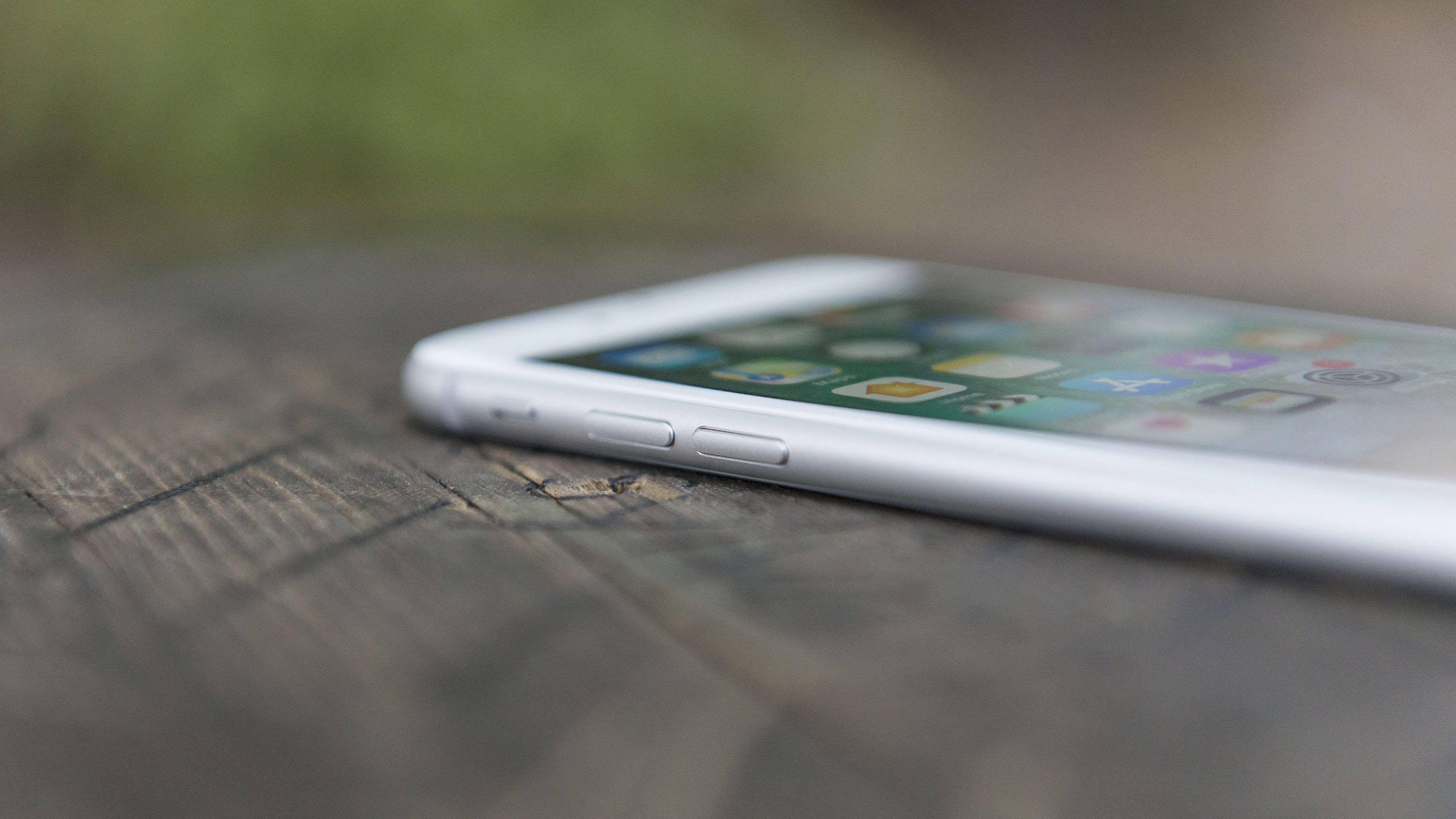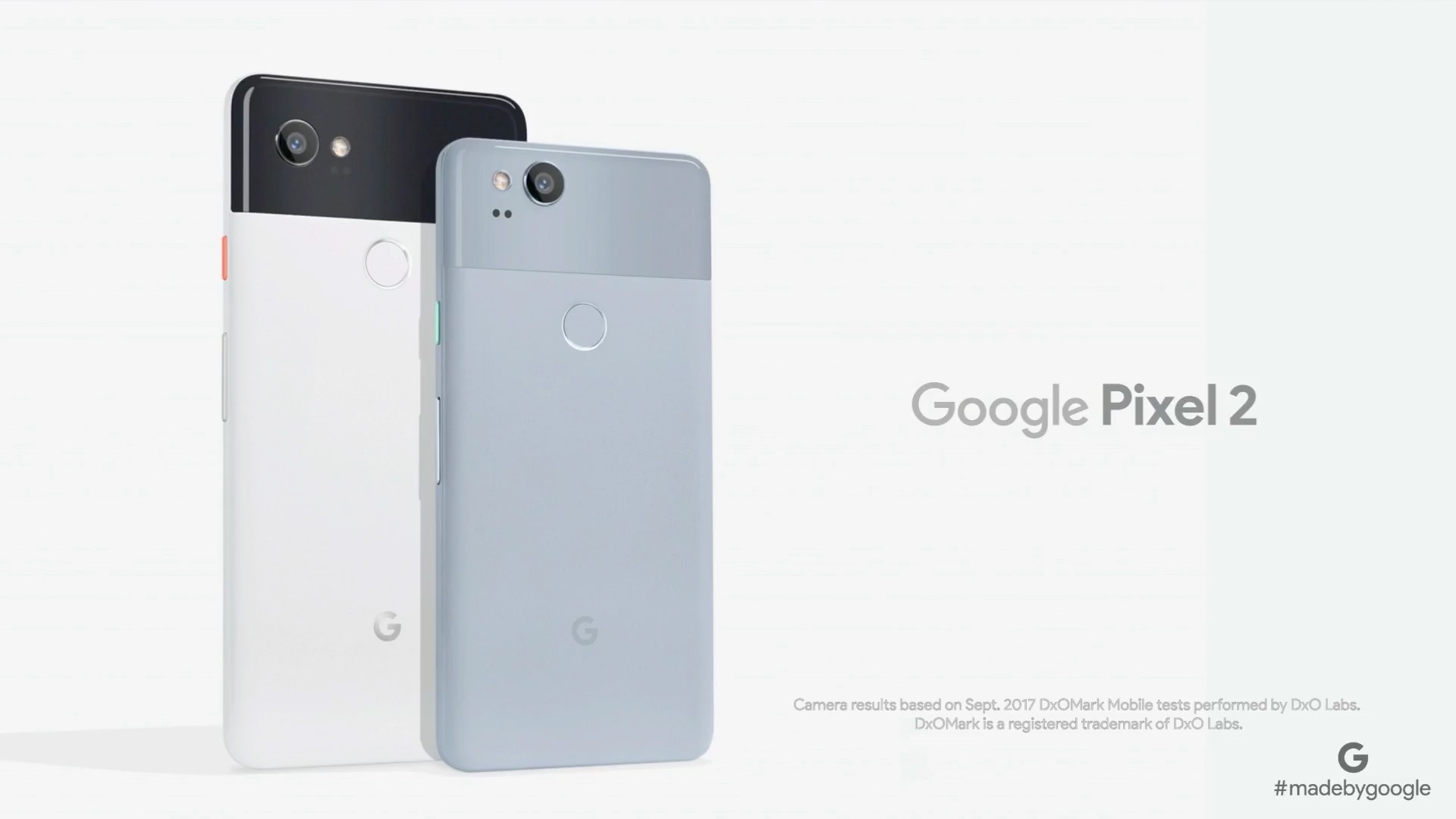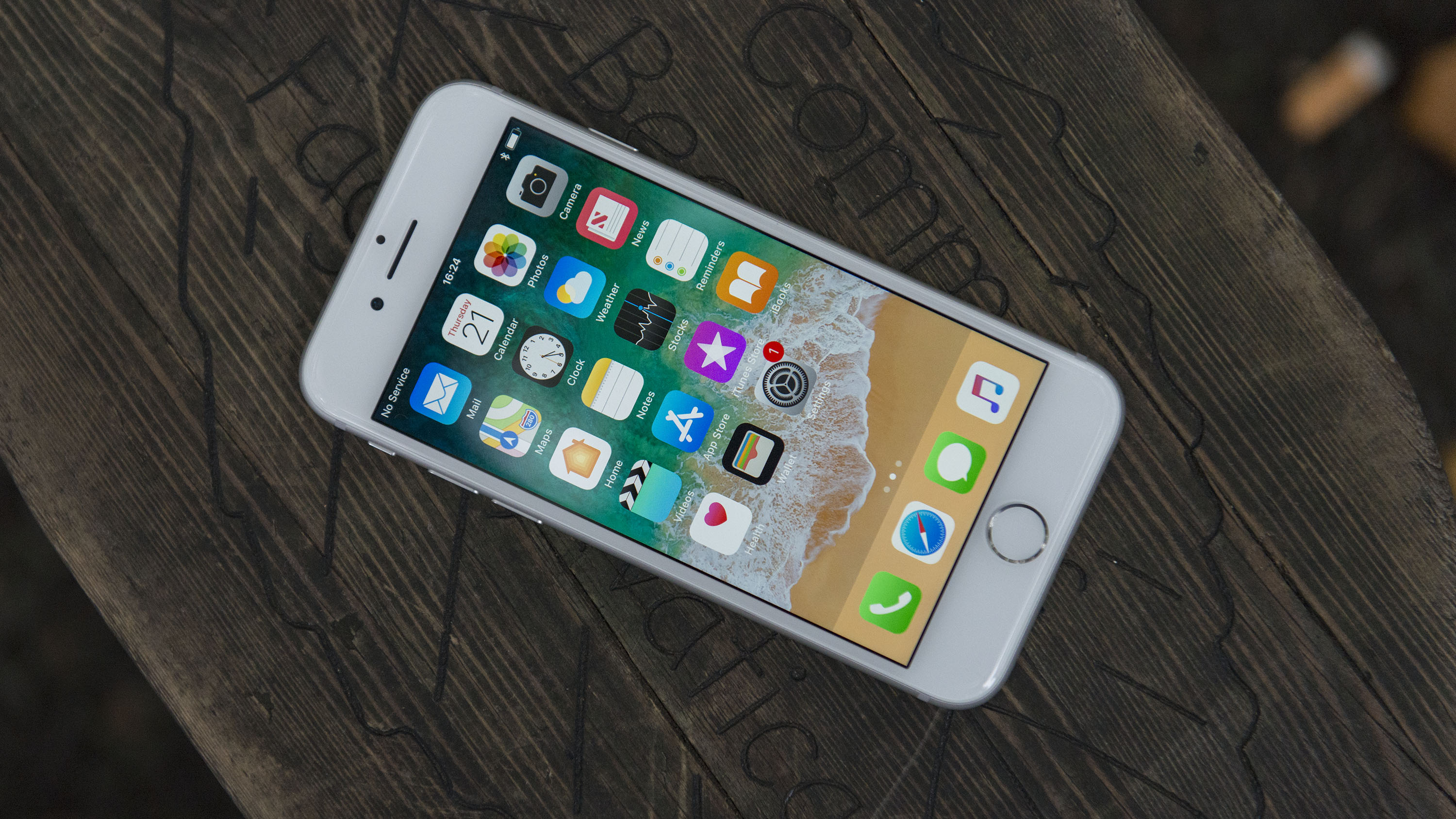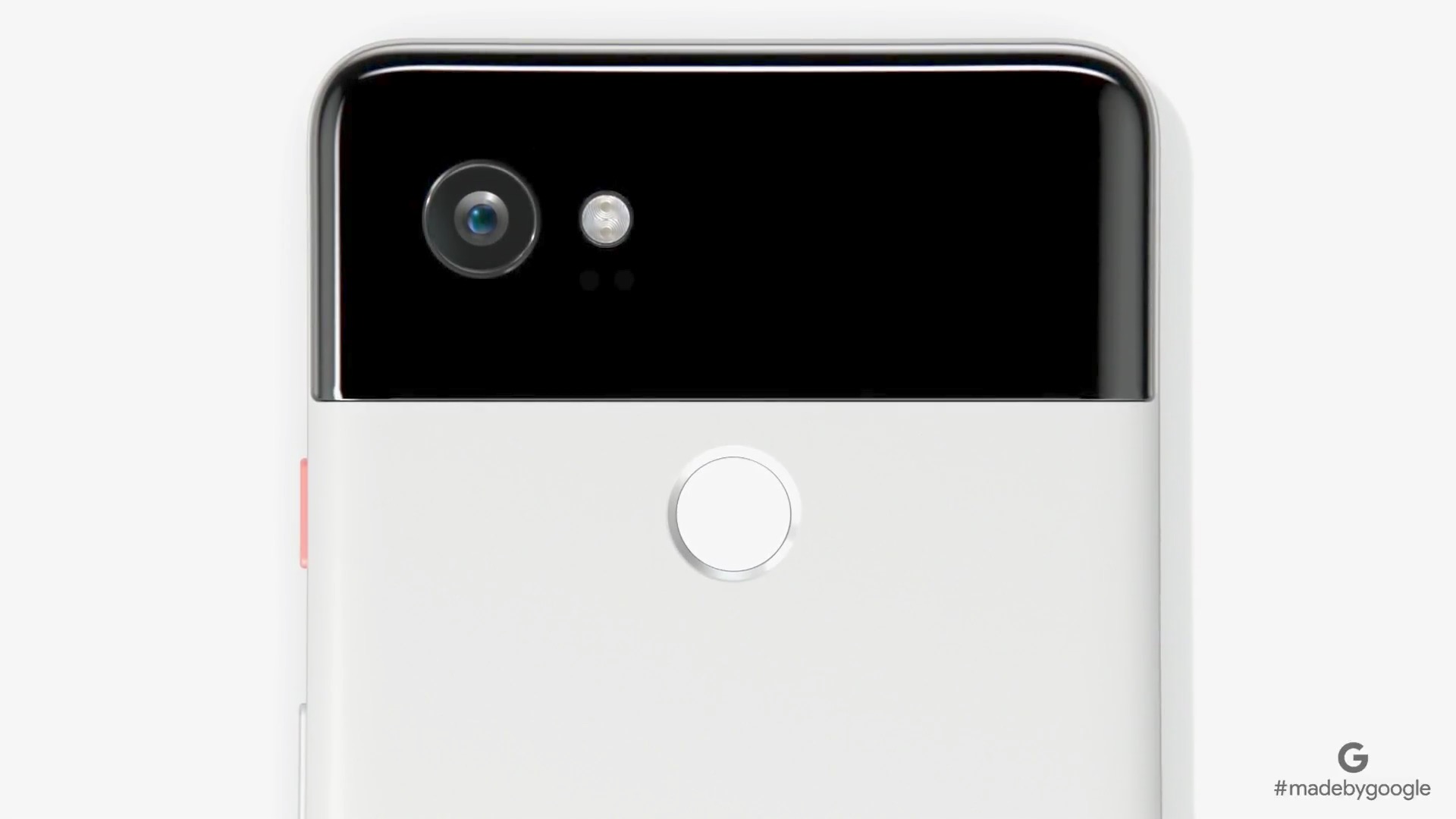Google Pixel 2 vs iPhone 8
Small phone showdown

We’re near the end of the year now, and today’s Google Pixel 2 announcement was perhaps the last major phone launch before January, but if so we’ll have ended on a high, because this is a high-end phone, with a big name behind it, all delivered in a compact package.
That’s a description which could also apply to the iPhone 8, and since Apple’s new handset is likely to be one of the Pixel 2’s main competitors we’ve put the two phones head to head.
From their designs to their screens, cameras, chipsets and more we’ve compared these two big-hitters in every key way.
Google Pixel 2 vs iPhone 8 design
The Pixel 2 has a mostly metal back with a glass strip taking up the top quarter, a lot like the original Google Pixel, and like that phone it also has sizeable bezels around the screen.
The iPhone 8 also has large bezels, though while that uses the lower one to house a home button and fingerprint scanner, the Pixel 2 has its scanner on the back.

And from the back these are quite different looking phones, as the back of the iPhone 8 is all glass (though it has a metal frame) and it doesn’t have the two-tone color you’ll find on the Pixel 2.
The iPhone 8 is also marginally smaller than the Pixel 2, as the Pixel 2 comes in at 145.7 x 69.7 x 7.8mm, whereas the iPhone 8 is 138.4 x 67.3 x 7.3mm. However, these are both reasonably compact handsets.
Sign up for breaking news, reviews, opinion, top tech deals, and more.
The Pixel 2 also lacks a headphone port, just like the iPhone 8, and it’s IP67 certified dust and water resistant, meaning it can be submerged up to 1 meter deep for up to 30 minutes. That’s a match for the iPhone 8 as well.
One thing that doesn’t match though is their color schemes. The iPhone 8 is available in silver, space gray and gold, while the Pixel 2 comes in black, white and blue.
Google Pixel 2 vs iPhone 8 display
The Pixel 2’s screen is small, especially by flagship standards, at 5 inches. It’s also not as high resolution as some recent flagships – including the Pixel 2 XL – coming in at 1,080 x 1,920. Though like the iPhone X and Samsung Galaxy S8 it has an OLED display.
The iPhone 8 on the other hand is LCD, which means the Pixel 2 is likely to be capable of displaying blacker blacks and offering better contrast. It’s also bigger and sharper than the 4.7-inch 750 x 1,334 iPhone 8 display.

Though Apple’s screen does have some tricks up its sleeve, such as True Tone, which automatically adjusts the white balance to suit the ambient light.
That’s not to say the Pixel 2 doesn’t have fancy features as well though. One such feature is an always-on display, allowing you to see the time and notifications without waking the phone up.
The always-on display can even automatically identify whatever song is playing without you having to ask.
Google Pixel 2 vs iPhone 8 OS and power
This is one of the biggest and most obvious differences between these two phones – the Pixel 2 runs Android Oreo, while the iPhone 8 runs iOS 11.
If you’ve ever used Androids and iPhones before you’ll know broadly what to expect here, but these are the latest versions of each operating system and both phones should get day one software updates. That’s standard on iOS, but not on Android, so worth mentioning.

It’s also worth mentioning that the Pixel 2 sports a new feature in the form of ‘Active Edge’. This lets you squeeze the sides to launch Google Assistant. The iPhone 8 doesn’t have such a feature, but it does have 3D Touch, which allows the screen to respond differently depending on how hard you tap it.
As for power, the Google Pixel 2 has an octa-core Snapdragon 835 chipset and 4GB of RAM. That’s a fairly standard flagship spec in Android land, matched by the likes of the HTC U11 and Sony Xperia XZ1.
It’s plenty powerful in other words, as is the iPhone 8, which sports a hexa-core A11 Bionic chipset and 2GB of RAM. The latter may sound disappointing, but in practice not much seems to be able to slow this phone down.
Google Pixel 2 vs iPhone 8 camera and battery
These two phones have similar camera setups, with both sporting a 12MP rear f/1.8 camera (complete with optical image stabilization) while the Pixel 2 has an 8MP front-facing one and the iPhone 8 has a 7MP front-facing one.
We’ll let you know how good the Google Pixel 2’s camera is in practice once we’ve put it through a full review, but DxOMark has given it the highest score of any phone, while in our own tests the iPhone 8 has a good but not quite class-leading camera.

As for battery, the Pixel 2 has a 2,700mAh one, which is actually an ever so slight downgrade on the original Google Pixel’s, but still a lot bigger than the 1,821mAh one in the iPhone 8. Hopefully it also translates into longer life, as the iPhone 8 just barely lasts a day.
Google claims its phone offers 'all day life', but we'll let you know how true that is when we've reviewed it.
Google Pixel 2 vs iPhone 8 price
The Google Pixel 2 costs $649 / £629 / AU$$1,079, making it a similar price to the iPhone 8, which starts at $699 / £699 / AU$1,079 for a 64GB version, rising to $849 / £849 / AU$1,329 for a 256GB one. They’re expensive phones then, but both undercut many flagships, including the Pixel 2 XL, iPhone 8 Plus and iPhone X.
Takeaway
If you want a compact flagship you don’t have many options, and these could well be two of the best. But while they’re both small and powerful they have a lot of differences.
Of the two the Pixel 2 is larger, and it has quite a different look, thanks to the two-tone metal and glass back. It also has a sharper screen and a bigger battery, though its fingerprint scanner is arguably less convenient, since it’s on the back rather than the front.
But the two phones look to have similar cameras, along with the same level of waterproofing and a similar price.
The biggest difference is likely to be their operating systems, and you probably already know which of those you prefer. But for anyone who’s platform agnostic it could be a tough choice between the two. Keep an eye out for our full review of the Google Pixel 2, to hopefully make the decision easier.
- Will the Pixel 2 make our best phones list?
James is a freelance phones, tablets and wearables writer and sub-editor at TechRadar. He has a love for everything ‘smart’, from watches to lights, and can often be found arguing with AI assistants or drowning in the latest apps. James also contributes to 3G.co.uk, 4G.co.uk and 5G.co.uk and has written for T3, Digital Camera World, Clarity Media and others, with work on the web, in print and on TV.